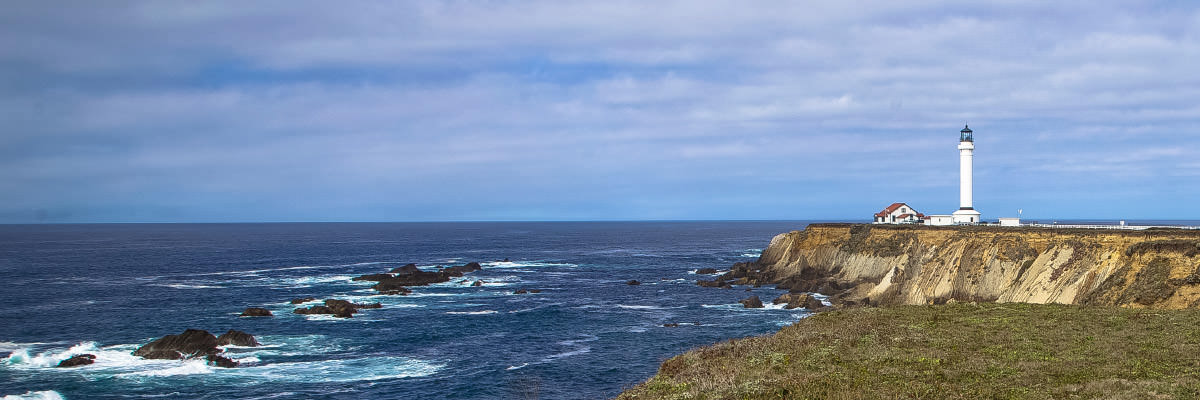Legislation

The National Marine Sanctuaries Act
The National Marine Sanctuaries Act (NMSA) authorizes the Secretary of Commerce to designate and protect areas of the marine environment with special national significance due to their conservation, recreational, ecological, historical, scientific, cultural, archeological, educational or esthetic qualities as national marine sanctuaries.
Day-to-day management of national marine sanctuaries has been delegated by the Secretary of Commerce to NOAA's Office of National Marine Sanctuaries. The primary objective of the NMSA is to protect marine resources, such as coral reefs, sunken historical vessels or unique habitats.
The NMSA provides several tools for protecting designated national marine sanctuaries. For example:
-
The NMSA provides the program with the authority to issue regulations for each sanctuary and the system as a whole. These regulations can, among other things, specify the types of activities that can and cannot occur within the sanctuary. [See section 308 of the NMSA.]
-
The NMSA requires the program to prepare and periodically update management plans that guide day-to-day activities at each sanctuary. [See sections 304(a) and 304(e) of the NMSA.]
-
The NMSA authorizes NOAA and the program to assess civil penalties (up to $130,000 per day per violation) for violations of the NMSA or its implementing regulations and damages against people that injure sanctuary resources. [See sections 306, 307 and 312 of the NMSA.]
-
The NMSA requires federal agencies whose actions are “likely to destroy, cause the loss of, or injure a sanctuary resource,” to consult with the program before taking the action. The program is, in these cases, required to recommend reasonable and prudent alternatives to protect sanctuary resources. [See section 304(d) of the NMSA.]
NMSA history
In 1972, the NMSA was first passed into law. Since then, Congress has amended and reauthorized it in 1980, 1984, 1988, 1992, 1996 and 2000. The last reauthorization (in 2000) authorized funds through the end of fiscal year 2005. For more information about the current reauthorization effort, click here. Among other things, the amendments to the NMSA have modified the process of how sites are designated, given the Secretary the authority to issue special use permits, enhanced the ability to enforce the Act and established civil liability for injury to sanctuary resources. For a detailed historical timeline, click here.
Other laws used to build the System
Although the NMSA is the primary legislation used to add marine areas to the National Marine Sanctuary System, other laws have been used as well. For example:
-
The Florida Keys National Marine Sanctuary and Protection Act (P.L. 101-605) designated Florida Keys National Marine Sanctuary subsuming Key Largo and Looe Key national marine sanctuaries that were designated under the NMSA in 1977 and 1981, respectively.
-
The Hawaiian Islands National Marine Sanctuary and Protection Act (P.L. 102-587) designated Hawaiian Islands Humpback Whale National Marine Sanctuary.
-
The Oceans Act of 1992 (P.L. 102-587) designated Stellwagen Bank National Marine Sanctuary off the coast of Massachusetts.
-
The National Marine Sanctuaries Preservation Act of 1996 (P.L. 104-283) added Stetson Bank to Flower Garden Banks National Marine Sanctuary.
-
The National Marine Sanctuaries Amendments Act of 2000 (P.L. 106-513) gave the president authority to establish a Northwestern Hawaiian Islands Coral Reef Ecosystem Reserve, which President William J. Clinton did via Executive Order 13178 on December 4, 2000.
-
The Antiquities Act gives the president authority to protect natural and cultural objects through designation of a national monument. Although this authority has been largely used to protect terrestrial resources, President George W. Bush used it to designate Papahānaumokuākea Marine National Monument (Presidential Proclamation 8031) on June 15, 2006.

